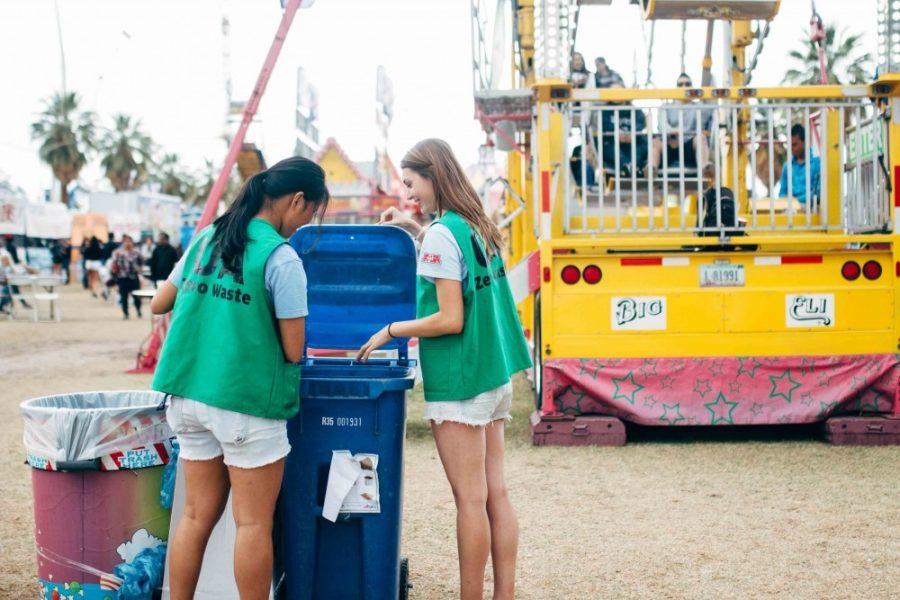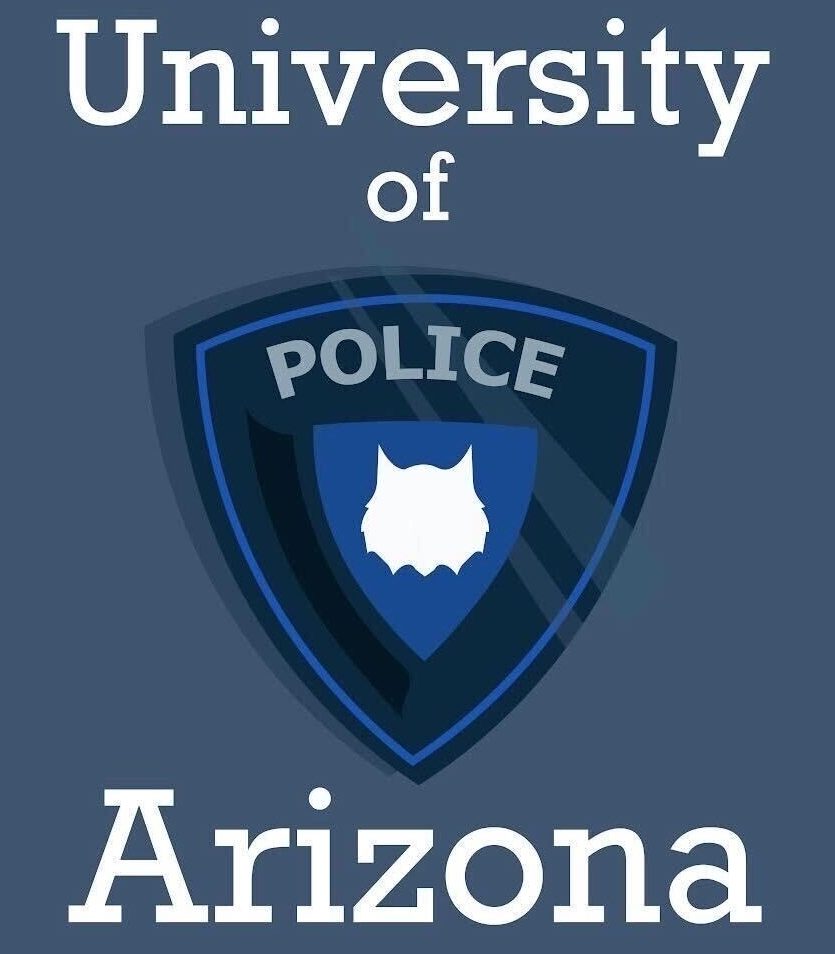Matt Lubisich, president of the Associated Students of the University of Arizona, alongside UA’s Students for Sustainability, is pushing to create a new, university-wide sustainability committee to initiate collaborations and steer stalled campus-wide sustainability efforts.
“Sustainability has a lot to do with an institution’s carbon footprint, building up a resiliency to climate change and reducing energy use in the built environment,” said Peter Dourlein, assistant vice president of Planning, Design and Construction.
The new committee will be tasked with creating and implementing innovative plans to tackle all of these issues.
The UA has long been committed to creating a sustainable campus, with former UA President Robert Shelton signing Second Nature’s first Climate Commitment back in 2007. The UA joined the organization’s goal of lowering institution’s carbon footprints.
Following the signing of the commitment, the UA began collecting data on its carbon emissions. In 2010, it established the Office of Sustainability and the President’s Advisory Council on Environmental Sustainability, according to Ben Champion, director of the Office of Sustainability.
The UA also began seeking LEED-certification, an independent environmental and sustainability metric, on its new constructions, most notably the Student Recreation Center. The UA now has the most platinum LEED-certified buildings (the highest level of certification) in the state, Dourlein said.
However, that was then.
RELATED: UA community collaborates on growing sustainable campus
“The Presidential Advisory Council on Sustainability has since lost its vigor and direction,” Lubisich said. “Dr. Hart [former UA president] was not listening to the advice of the council and did not see it as a priority.”
While former UA President Hart did renew UA’s Second Nature’s Climate Commitment in 2015 and promised to implement a climate action plan created three years earlier, little concrete action toward fulfilling those goals occurred.
“If you look at the climate plan and its listed next steps, there are not very many that have moved forward,” Champion said.
Seeing UA’s dedication to campus-wide sustainability efforts wavering, Students for Sustainability’s three previous co-directors began meeting with and pressuring UA’s upper administration to produce a plan of action to fulfill the goals of the climate action plan.
Those plans stalled once more as the Arizona Board of Regents voted to make Dr. Robert Robbins the new UA president.
Current SFS co-directors Courtney Pijanowski and Lauren Thompson wanted to pick up those conversations on campus sustainability where they left off.
According to Pijanowski and Thompson, the new administration offers a fresh start for renewable energy, waste reduction and other environmental initiatives.
Lubisich and Champion agreed.
“President Robbins is, without a doubt, more receptive to issues of sustainability on campus,” Lubisich said.
During a recent meeting of the sustainability clubs and organizations on campus (including the Green Team, the Wildlife Society and others), Pijanowski and Thompson said they received a promising amount of student support for creating a new university-wide sustainability committee.
In the current political environment, students have become more engaged in tackling climate change and sustainability issues, and this new energy prompted Lubisich to ensure ASUA is doing everything it can to help.
Student-level support, like those of sustainability clubs and organizations, have been critical to Lubisich’s efforts to leverage the administration to support and assist in the creation of the committee, according to Pijanowski and Thompson.
Yet, the only way to turn this support and passion into concrete campus improvements is broad leadership and collaboration, which in Champion’s opinion has been absent from the UA in recent years.
“The dimensions of sustainability cover everything the university does,” Champion said.
Champion said in order to be effective in reducing carbon emissions or meeting other sustainability goals, an institution must have leadership positions in student affairs to impact dorm life and engage students, facilities management to impact campus operations and in colleges to leverage academic courses and research.
The committee hopes to accomplish this by creating one powerful, centralized body to steer and oversee collaborative, campus-wide efforts.
“A university-wide sustainability committee is a way of pulling together all of those voices to figure out ways to collaborate on climate issues and speak as a single voice to advance sustainability,” Champion said.
Currently, Lubisich is working on finalizing the structure of the committee and hopes to begin recruiting faculty, students and administrators to serve on the committee, with the help of SFS and the Office of Sustainability, by the end of the year.
The next step will be to outline the goals of the committee and bring all parties to the table to establish, implement and ensure the follow-through of a series of climate action initiatives and plans.
Dourlein recommended, and the university is already exploring, offsetting UA’s energy consumption with the construction of on-campus and more off-campus solar farms. According to Dourlein, to be most effective, this must parallel the UA looking into ways to reduce its energy consumption.
RELATED: Here’s how to have a sustainable semester
Pijanowski and Thompson also ranked UA’s carbon footprint as the top priority for the new committee and hope the support of President Robbins will help produce a concrete implementation of the committee’s recommendation by Facilities Management and others.
A new committee has the opportunity to steer a broader discussion and produce university-wide, concrete change, the most effective kind according to Champion.
Yet, this new committee also has the potential to fizzle out like its predecessor and become a forum for imaging a UA that uses only renewable energy or pushes for zero waste instead of bringing those goals to fruition.
The UA demonstrates its commitment to sustainability through buildings like Environment and Natural Resources 2 and initiatives like Compost Cats, according to Pijanowski, Thompson and Dourlein.
Yet, UA’s efforts will not be able to reach their full potential without a committee that can effect broad university-wide (not sector related) change.
Only time will tell if this new committee will help the UA effectively integrate and fulfill its many sustainability goals and promises.
Follow Randall Eck on Twitter









